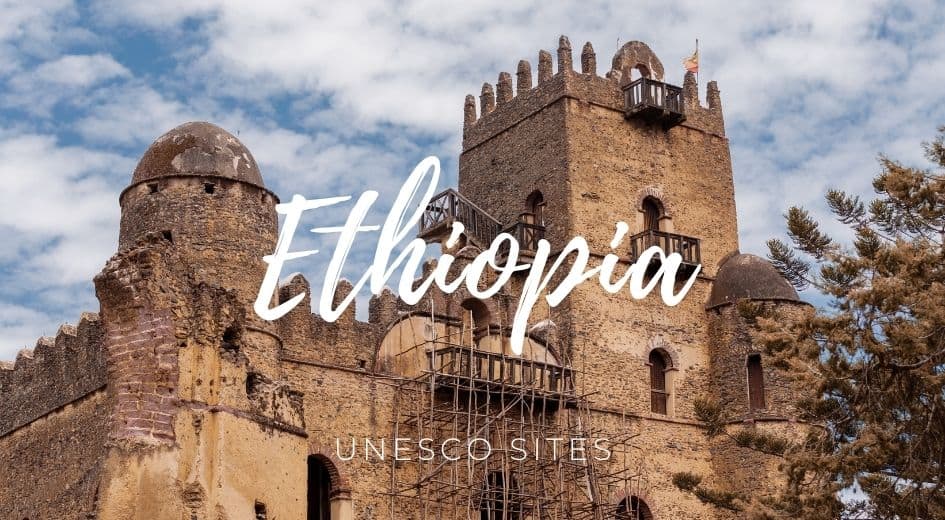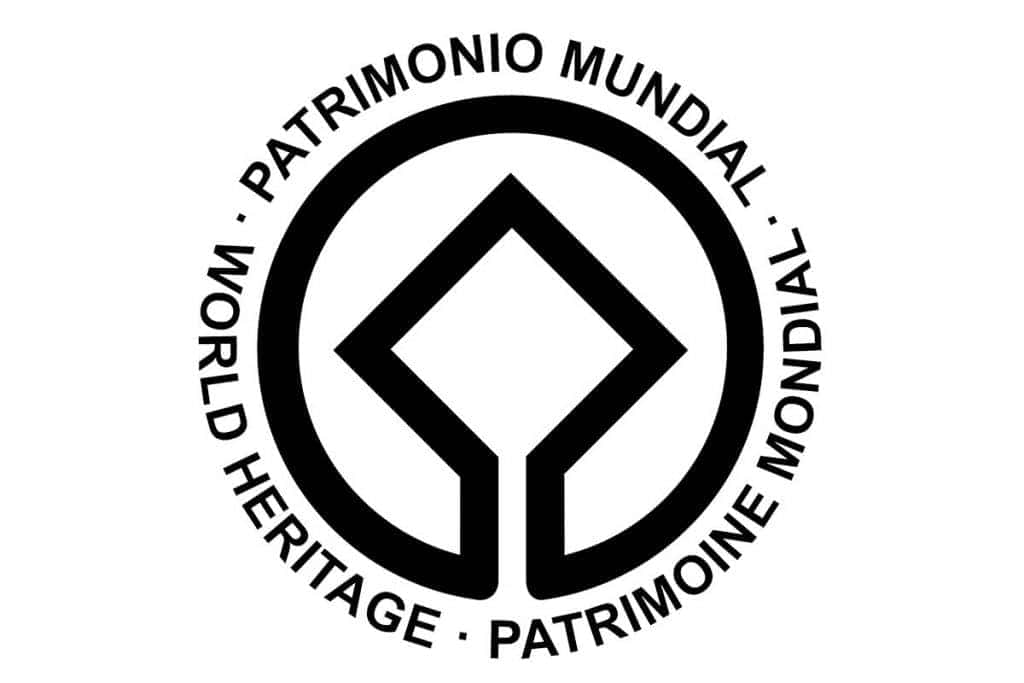Table of Contents


Ethiopia’s UNESCO commitment has registered 9 sites on the World Heritage list and 9 on the tentative list.
Some places are so interesting that it’s relevant to keep them for future generations. This is why UNESCO has built a list of crucial classified properties in which superb places stand out for their aesthetic, natural, artistic, or cultural significance.
More than a thousand places are registered as Unesco’s World Heritage worldwide. Due to my interest in visiting World Heritage sites, I compiled the UNESCO list in Ethiopia and the corresponding map.
Ethiopia UNESCO list
- Aksum
- Fasil Ghebbi, Gondar Region
- Harar Jugol, the Fortified Historic Town
- Konso Cultural Landscape
- Lower Valley of the Awash
- Lower Valley of the Omo
- Rock-Hewn Churches in Lalibela
- Tiya
- Simien National Park
Ethiopia UNESCO Map
Click on the blue pins to view more relevant information about each World Heritage site in Ethiopia.
Description
- Aksum: This site contains the ruins of the ancient city of Aksum, which was once the center of the Aksumite Empire. It includes several important archaeological sites, including the tombs of several ancient kings.
- Fasil Ghebbi, Gondar Region: This site includes the ruins of some castles and palaces in Gondar, Ethiopia’s capital during the 17th and 18th centuries.
- Harar Jugol, the Fortified Historic Town: This site is located in Harar and includes many historic buildings and fortifications. It is one of the oldest Islamic cities in Africa.
- Konso Cultural Landscape: This site is located in the southern part of Ethiopia and includes several ancient terraced farms and stone-walled villages.
- Lower Valley of the Awash: This site is located in the Afar Region of Ethiopia and includes many important archaeological sites. It is known for its fossils of early hominids, including Lucy, one of the oldest human ancestors.
- Lower Valley of the Omo: This site is located in southwestern Ethiopia and includes many important archaeological sites. It is known for its fossils of early hominids and the rich cultural traditions of the indigenous peoples living there.
- Rock-Hewn Churches, Lalibela: This site includes several ancient churches carved out of solid rock in Lalibela. It is one of the most important religious sites in Ethiopia.
- Tiya: This site includes many ancient stelae (upright stones) erected between the 12th and 14th centuries. The stelae are decorated with carvings thought to have religious and symbolic significance.
- Simien National Park: This site is located in northern Ethiopia and includes some important natural and cultural features. It is home to several endangered species, including the Ethiopian wolf and the gelada baboon.
UNESCO World Heritage Sites in Ethiopia are protected places for their cultural and natural importance.
Sites on the Tentative List
- Bale Mountains National Park
- Dirre Sheik Hussein Religious, Cultural, and Historical Site
- Holqa Sof Omar: Natural and Cultural Heritage (Sof Omar: Caves of Mystery)
- Sacred Landscapes of Tigray
- Melka Kunture and Balchit
- Gedeo Cultural Landscape
- The Cultural Heritage of Yeha
- Lake Tana Island Monasteries and its Adjacent Wetland Natural and Cultural Heritages
- Simien Mountains National Park (SMNP)


